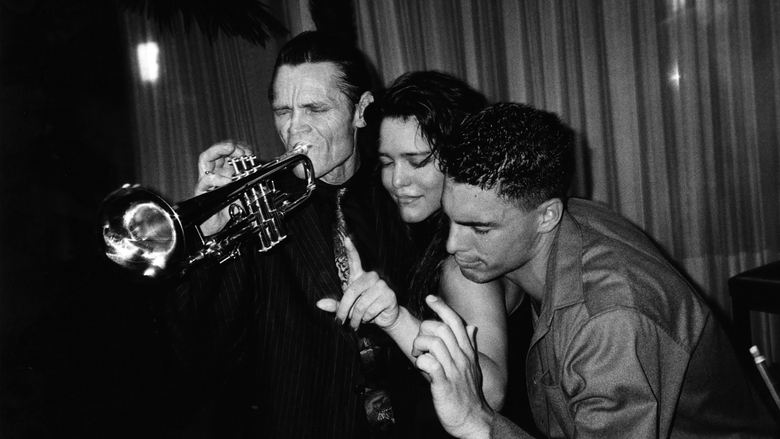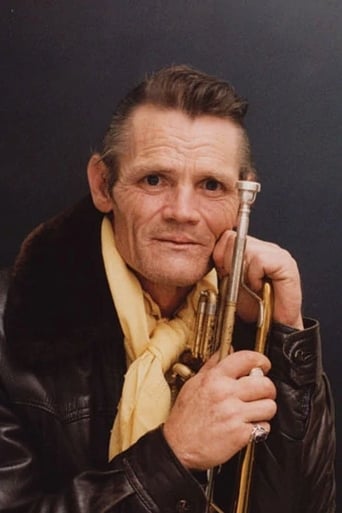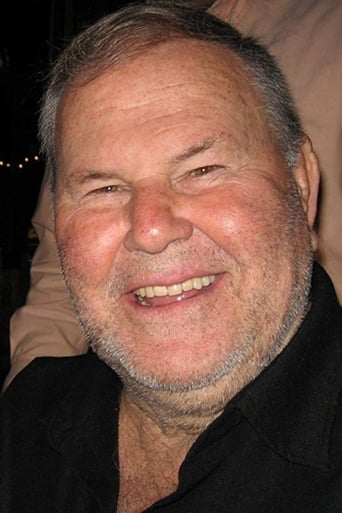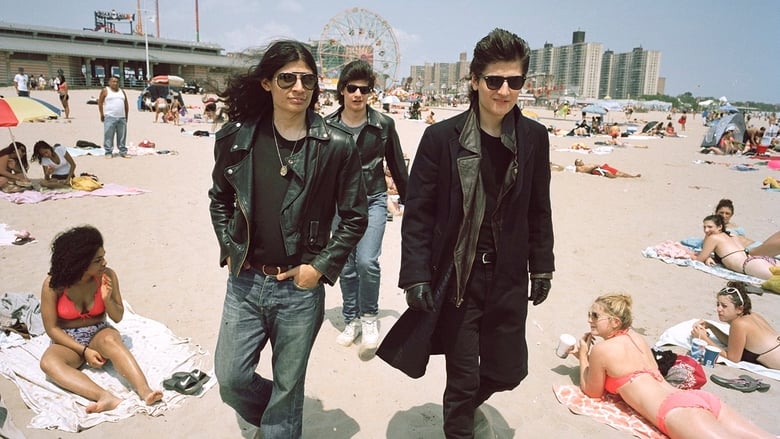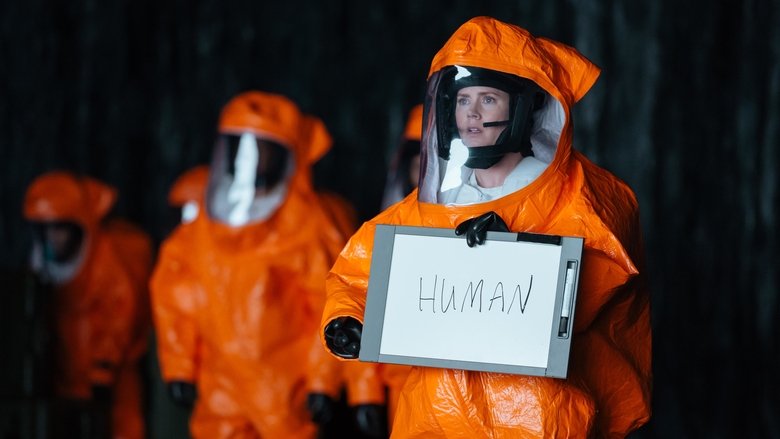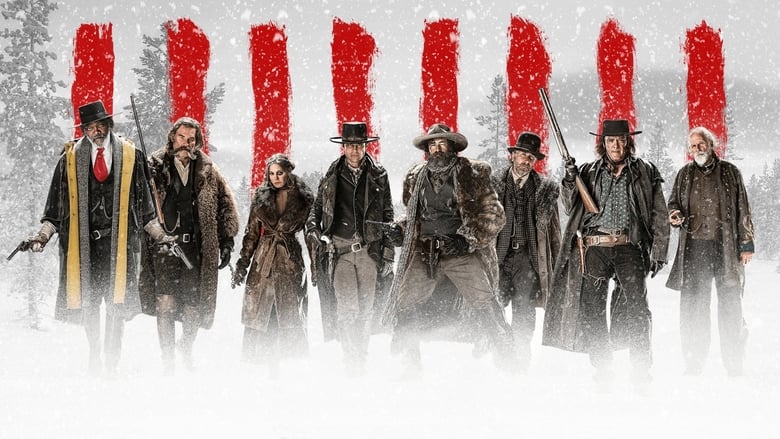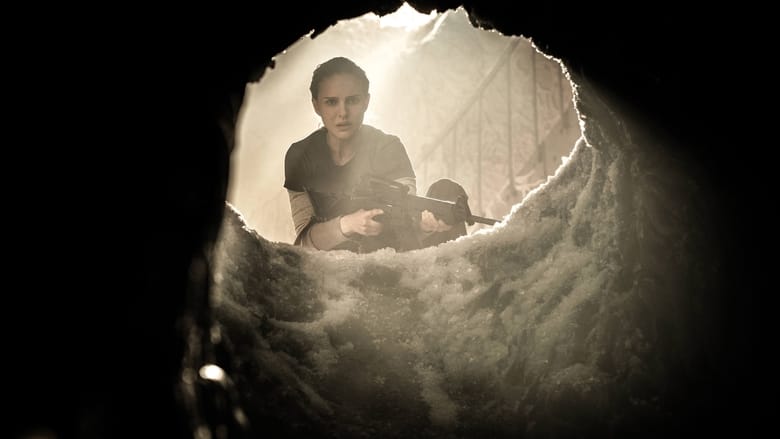Documentary about jazz great Chet Baker that intercuts footage from the 1950s, when he was part of West Coast Cool, and from his last years. We see the young Baker, he of the beautiful face, in California and in Italy, where he appeared in at least one movie and at least one jail cell (for drug possession). And, we see the aged Baker, detached, indifferent, his face a ruin. Includes interviews with his children and ex-wife, women companions, and musicians.


Similar titles
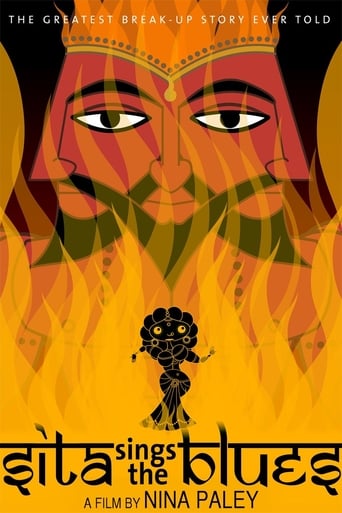

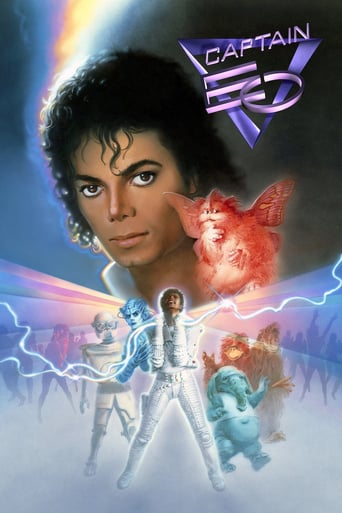
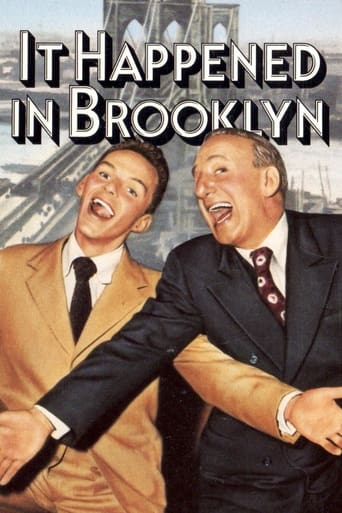
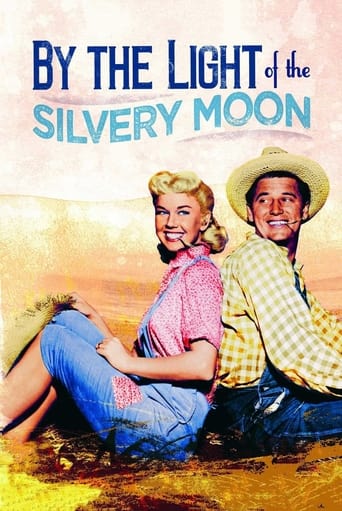

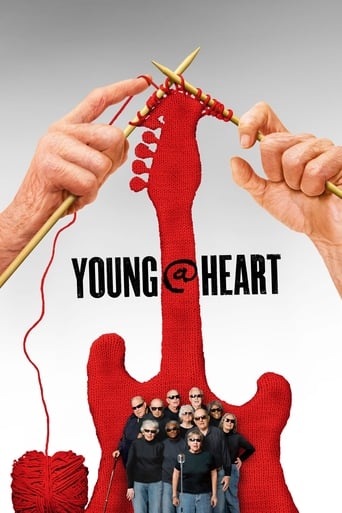

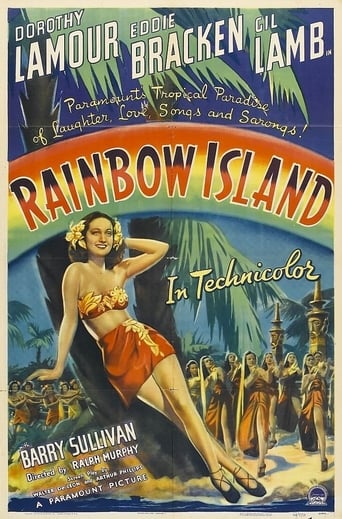
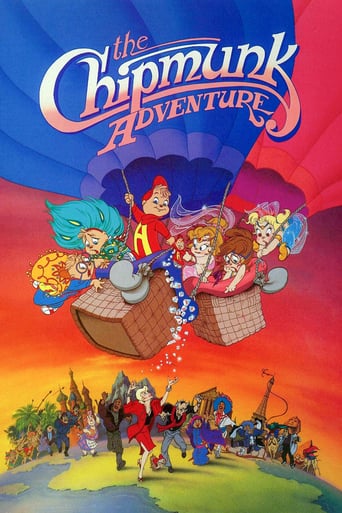
Reviews
Beautifully filmed by a fashion photographer, Bruce Weber, nevertheless the ugliness of Chet Baker's life overtakes the beautiful images on screen. In Western culture, we equate physical beauty and/or exceptional talent with a depth of soul and substance that are often lacking if we look closely with cool objectivity at those we idolize for those traits. Great beauty or great talent aren't always bestowed on the good or the worthy, and Baker is evidence of that. He was a manipulative drug addict who likely would have wound up a petty criminal if he didn't incidentally have much more than a passing musical talent. It didn't hurt that when he was very young he also had the chiseled good looks of a movie star, looks later ravaged by decades of heroin use. Interviews with the women in his life reveal a strung out moocher who knew how to use their obsessions with him to support his drug habit, taking advantage of their romantic projections of a tortured soul onto a loser with some musical talent. One of them, jazz singer Ruth Young, states flatly that for Baker music was just a way to get drugs. In an interview with Baker at the end of the film, Weber asks about his current state of constant pain due to being cut off from drugs until he gets to Amsterdam. Baker refuses to rise to the bait and open up about the destruction addiction has wrought in his life. Ironically, Baker subsequently jumped, fell or was pushed to his death from his hotel window in Amsterdam. The film appears to have been meant as an homage to Baker, but instead reveals the ugly little drug addict he was. There is another myth in Western culture, the myth that in order to create the mind must be unfettered through use of drugs. After watching this, one can't help but wonder how much of Baker's creativity and talent were stunted rather than enhanced by heroin.
"What's the problem here?" The voice, querulous and groggy, emerges from the darkness, aborting a smoky run-through of Elvis Costello's 'Almost Blue'. Bruce Weber's Oscar-nominated documentary concerns itself with the same question: what gnaws at Chet Baker, and just how did the feted pretty boy of the West Coast 'cool school' end up such a frail, hollow-cheeked wraith? The most obvious answer is: junk.As fellow jazz trumpeter and addict Miles Davis observed in his autobiography, "musicians were considered hip in some circles if they shot smack"; the logic being that heroin might bestow some of the genius of Charlie Parker or Miles upon the user.Though a fine player, Baker may have privately worried that he would never be taken as seriously as Miles (who predictably accused him of aping his licks). More than likely, he thought he needed a poppy or three to keep up: the serial seducer seduced - out of his looks and his teeth (courtesy of an unprompted assault from drug dealers, so he said), though hardly out of talent or charm. Nor intelligence: those baby blues still burn with roving, wily intensity.A combination of cheekbones and intuitive musicianship (his intimate, androgynene croon being just as potent as his way with a horn) had originally propelled the former Gerry Mulligan Quartet sideman into the pantheon of jazz greats. But arguably it was William Claxton's famous photos of him relaxing between takes in the studio ("he looked like a Greek God") that sealed the deal: a classic example of the fully-packaged star. A white one. A very marketable jazz Elvis. Italian B-movie roles and sell-out concerts were his for the taking. By the time Let's Get Lost first emerged in 1989, he'd accrued a new generation of admirers for whom the legend of Baker's turbulent rise and fall only added to his cult appeal.And there is a circularity here: Weber's studiedly monochromatic profile, all inky shadows and searing white-outs, replete with 'authentic' crackles on a modern soundtrack, was released during a decade in which 'cool', that most chimerical of concepts, had once again become a commodity, a negative onto which advertising execs and filmmakers etched received, homogenised visions of sleek 1950s style.Baker is being sold twice over - first by opportunists, second by grave robbers. Albeit, slightly premature ones: unlike James Dean or Neal Cassady, this 'doomed, beautiful youth', a living Kerouac creation, was still very much alive at the time Weber dug him up, and the prince-turned-skid-row denizen is not an altogether pretty picture.A portrait emerges of an arch manipulator who conned his way out the army, then into the hearts of a string of emotionally and physically abused wives, lovers and friends. Fellow trumpet player Jack Sheldon talks of how Chet screwed his girlfriend, literally under his nose, while he wasn't looking. As in life, in art: here he is again, reducing Natalie Wood to silent orgasms with his playing in 1960's All The Fine Young Cannibals, while her jealous date smoulders beside her."Chet cons people" is the consensus from more than one party. "He has the ability to elicit sympathy - and it's all a big act." The story of what happened to Baker's teeth is similarly dismissed as "Typical Chet, gaining sympathy for himself. Someone kicked his ass for his manipulating ways".It's no surprise to discover that these wounded women, rather than focus on the common enemy, an absent father to children by different mothers, reserve most of their spleen for each other. Ruth Young for instance, Baker's torch-singing girlfriend for 10 years, is "that bitch - his downfall." Interviewed separately, Baker lets it all wash over him. Mainly, because the adoring, highly partisan Weber (for whom Baker's iconic, homoerotic appeal was obviously meat and potatoes) hardly ever gives him a good grilling, happy to let the former jailbird seduce him along with everybody else."Sometimes Chet would tell a story and we would be spellbound, but the next day we'd find out it wasn't even true," says Weber, who would simply prefer to be in love, and fascinated, with his quarry. "It was about being illusioned and disillusioned and illusioned again by a hero". The irony, of course, is that the filmmaker, whose hugely influential black-and-white fashion photography exemplifies a certain 1980s aesthetic, seems so oblivious to the fact he's being taken for a ride: the manipulator manipulated.This is a swooning postcard from one poser to another, woozily segueing as if in an opiate stupor between interviews, verite-style recreations, archive footage and new studio performances (these latter scenes all but nudge us to check out how much Chris Isaak and Red Hot Chilli Peppers bassist Flea resemble Weber's hero). The approach might well echo jazz's free-form schematics, but unkinder descriptions might also include 'rambling and shapeless'.The music, of course, is sublime, and it's as immaculately framed as you'd expect - though the best moments are those apparently caught on the fly; the unstaged and unframed: Baker in a nightclub patiently indulging young, wide-eyed jazz acolytes with warmth and humour; his appearance at a Cannes music festival. Pleads the promoter (after Baker stops playing because people aren't listening), "So many people want to hear you, and may never get the chance again!" Comes the deadpan reply, "I ain't dead yet." That would happen a few months after filming ended, on Friday 13 May 1988. Aged 58, he had fallen out of a second-floor Amsterdam hotel window, hitting the pavement like a bum note. The local press reported that a 30-year-old man had been found with a trumpet. Even in death, he seduced them out of truth.
Pretty sad stuff here. Chet Baker, a kid from Oklahoma, learned to play the trumpet and became famous in the early 1950s, partly because of his talent and partly because of his looks. He came to wide public notice as the complement to Gerry Mulligan's baritone saxophone in the piano-less quartet of 1952-1953. The sound was contrapuntal, uncanny, and unique. There had never been anything like it, and nothing since. But the two didn't get along that well, and Baker established his own groups and began doing the vocals as well in a voice about as good as yours or mine.By the end of the 50s Baker was on a downhill slide. A lot of his work, said to be fine, from the 1960s isn't readily available. Unfortunately what is available is Chet Baker crooning love songs and playing mood music at the slow tempos he seemed able to keep up with.By the time of this documentary, 1988, Baker no longer looked like James Dean. His face was that of a pinched, wrinkled, Oklahoma farmer out of a Walker Evans photograph from the Great Depression.I can't give director/photographer Bruce Weber credit for much in the way of generosity. There are too many stark, black-and-white closeups of that ruined face and stringy hair. The semi-stoned intonations of Baker's voice I attribute to increased age or current drunkenness. But the high-contrast photography is hard to forgive. Weber made his name in commercial photography. Most people probably remember his photos of half-nude young men. One of them, an ad for Calvin Klein, has a male model posed naked except for white briefs lighted in such a way that his genitalia were prominent. I don't find the picture offensive, only the motive behind it, which I take to be a desire to shock and to have one's name remembered. (Richard Avedon, a cynic if there ever was one, pulled the same trick with celebrity portraits that made the subjects seem ancient, debauched, or insane.) The same motive seems to lie behind the photography in this film, some arty shots of dogs prancing around in Santa Monica aside.Weber let's some of the people interviewed describe Baker's charm and his innate skills on the trumpet. Jack Sheldon, a trumpeter himself and one-time sidekick on a late-night talk show, is hilarious. Baker seemed to have second sight, says Sheldon. He didn't have to think about what note he was playing, he just put his fingers on the valves. "It was easy for him to know where he was. Not like me. I forget what bar I'm in. In fact -- where are we now?" We also get an assessment from one of Baker's embittered ex girl friends who puts him down scathingly, though she evidently had reason to. Nobody ever says, "Chet Baker -- what a nice guy he was." There's quite a lot of interview footage, as a matter of fact. Weber put a lot of effort into the film. And considerable footage from the 50s as well, including an appearance by Baker on TV with Steve Allen, a host and a fellow musician. Mostly, though, what we hear on the sound track is Baker mooning along slowly and feebly through love songs and mood pieces.See it, really, but be warned. It's gripping but it's painful too.
Chet Baker was a redneck pimp,junkie,thief,fantasist,fraudsman trumpet player.But most of all he was a junkie.Dope defined his life.For 35 years everything he did was directed towards getting his next fix.Like Serge Chaloff Woody Herman's baritone sax player,Baker turned other musicians on to junk.His role in the death of the brilliant young pianist Richard Twardzyck in the 1950s has never been completely resolved.Baker apparently fell to his death through an open window long after America had given up on him and like a hired gun he hawked himself around Europe playing for anybody who could pay him a few hundred bucks.Unfortunately,for many jazz lovers he appeared to cut a tragic even Byronic figure,an image he was more than happy to exploit,hence the conception of "Let's get lost",although the execution may have left him not quite so amused. His enervated,faltering trumpet playing has been hailed as sensitive and soul - baring,but the fact of the matter is he could never get his false teeth quite right as his gums shrunk due to his poor diet and drug abuse.He gave so many different accounts as to how he lost his real teeth that nobody knows for a fact how it came about. Coming to the fore at a time when so - called "Modern Jazz" was rife with heroin users,Baker was not strong enough a character to hold out against its use.Like his contemporaries Stan Getz and Art Pepper,he was soon hopelessly addicted.In Gerry Mulligan's innovative quartet both he and the leader were on the needle.Ironically,Getz replaced Mulligan on one recording when Gerry was "indisposed". Paradoxically,Baker was an incredible advert for the restorative power of decent junk because he actually lived to a reasonably ripe old age for a lifetime user even if he did look about 80 when he died. He comes over in the movie as a unbearably selfish egomaniac living in a permanent drug - induced stupor.He is a barely - living legend who chose to hurt everybody who ever tried to get close to him or help him. The brilliance of "Let's get lost" lies in the unflinching eye of the camera that shows us the facade of the Great Jazz Figure then goes on to de - construct it before our eyes,revealing the self - serving,lying desperate junkie underneath.It is not a movie to be enjoyed,but it is a movie to admire - a rare example of the documentary as a full three -dimensional portrait of a less than endearing subject.

